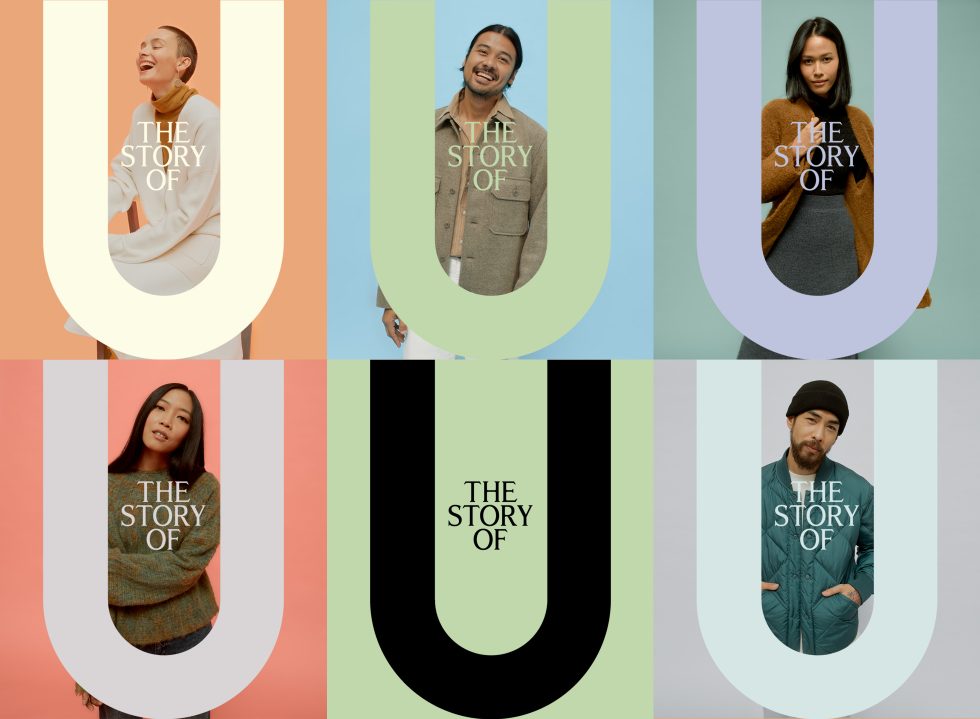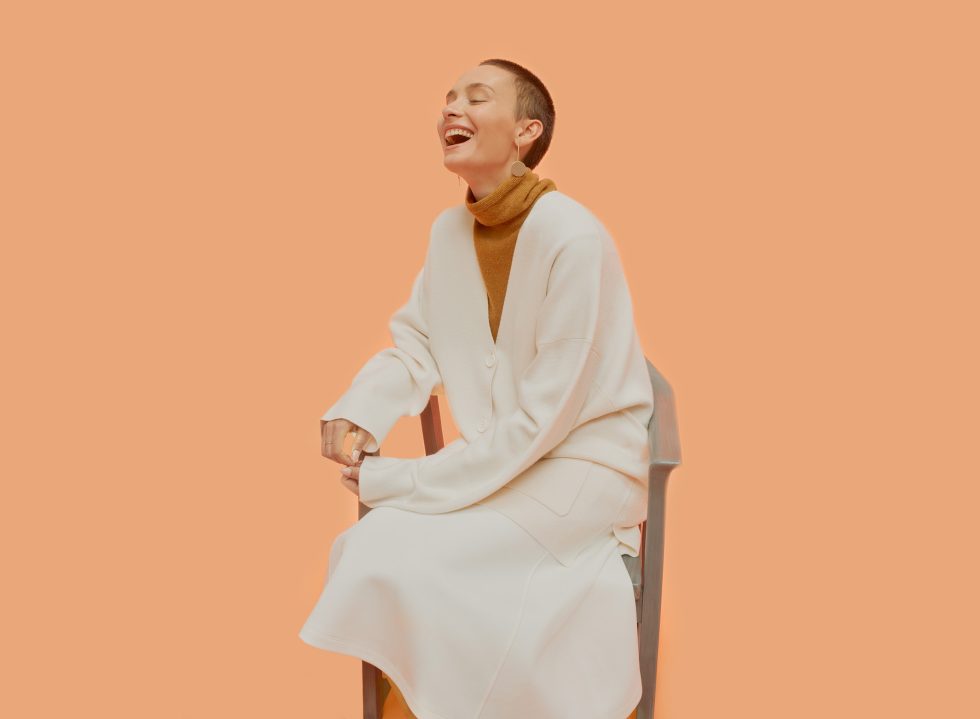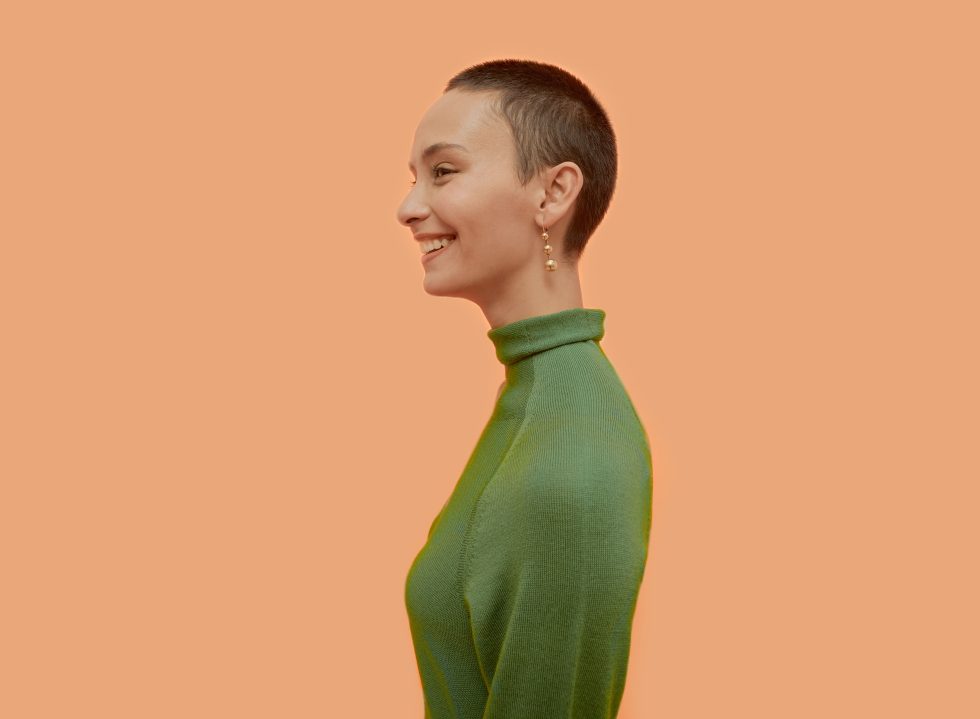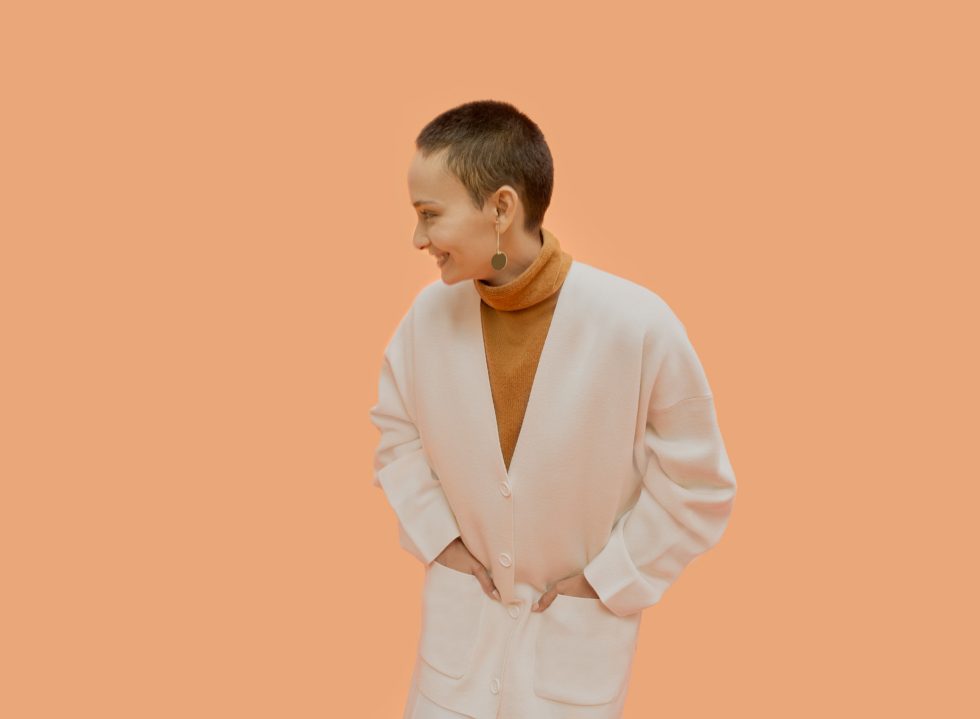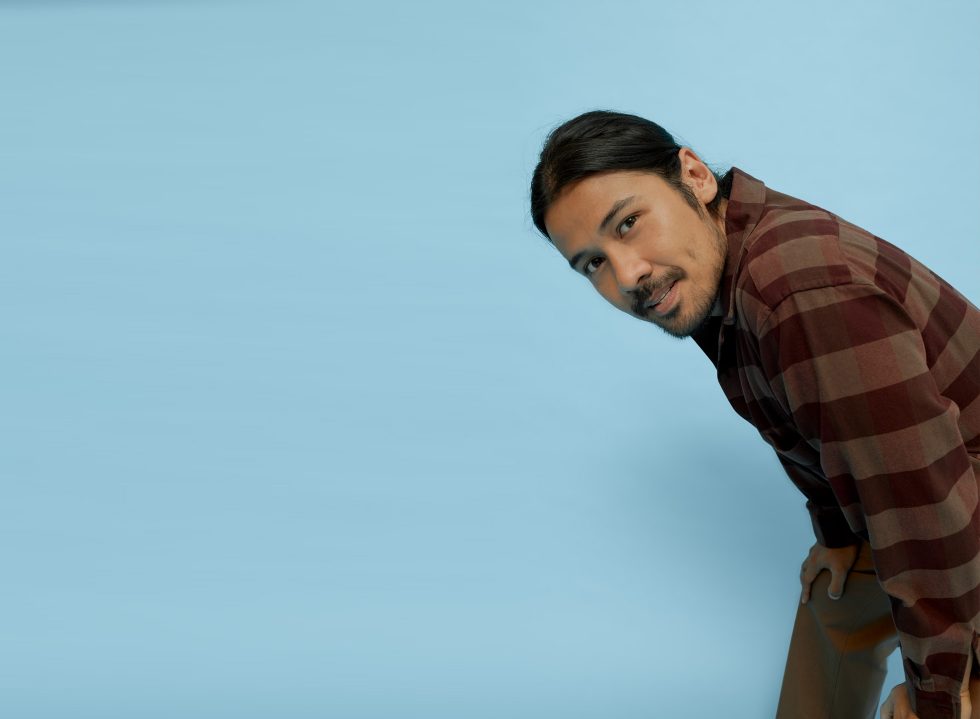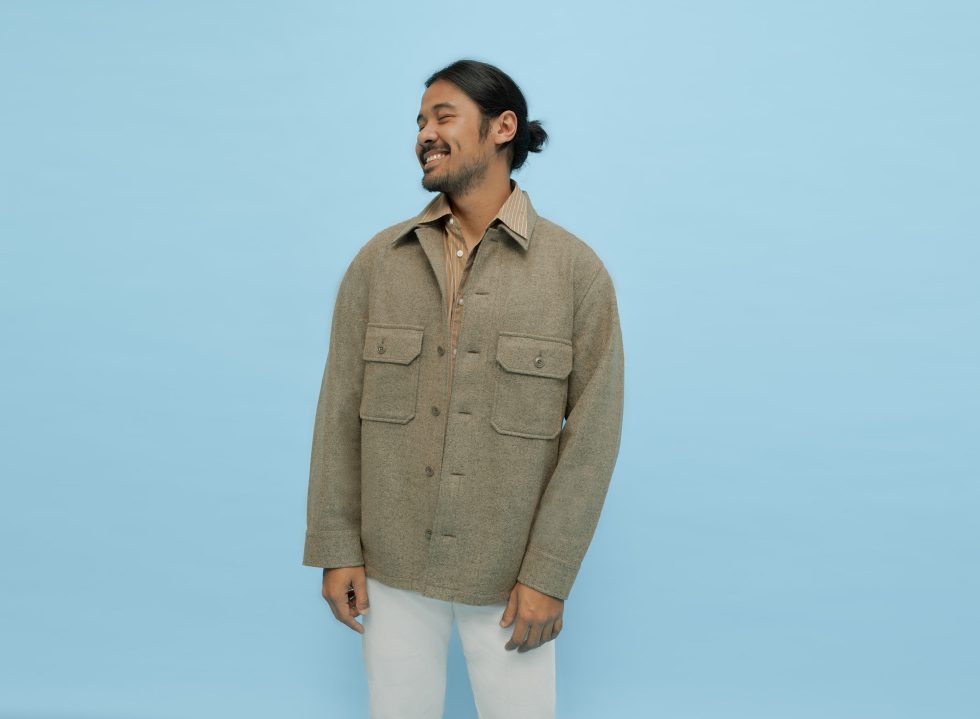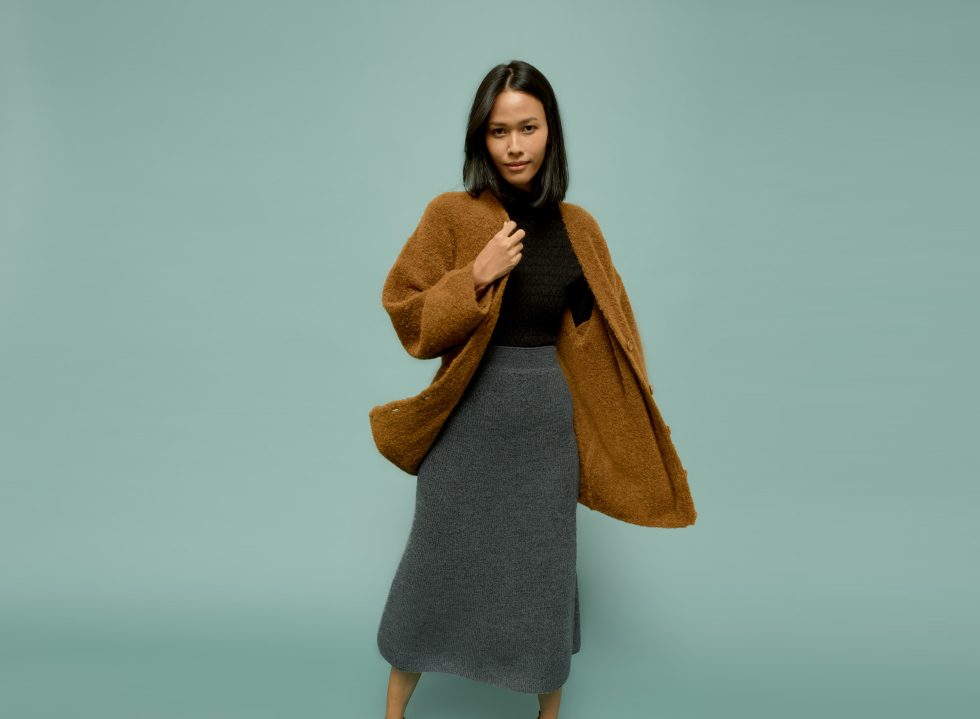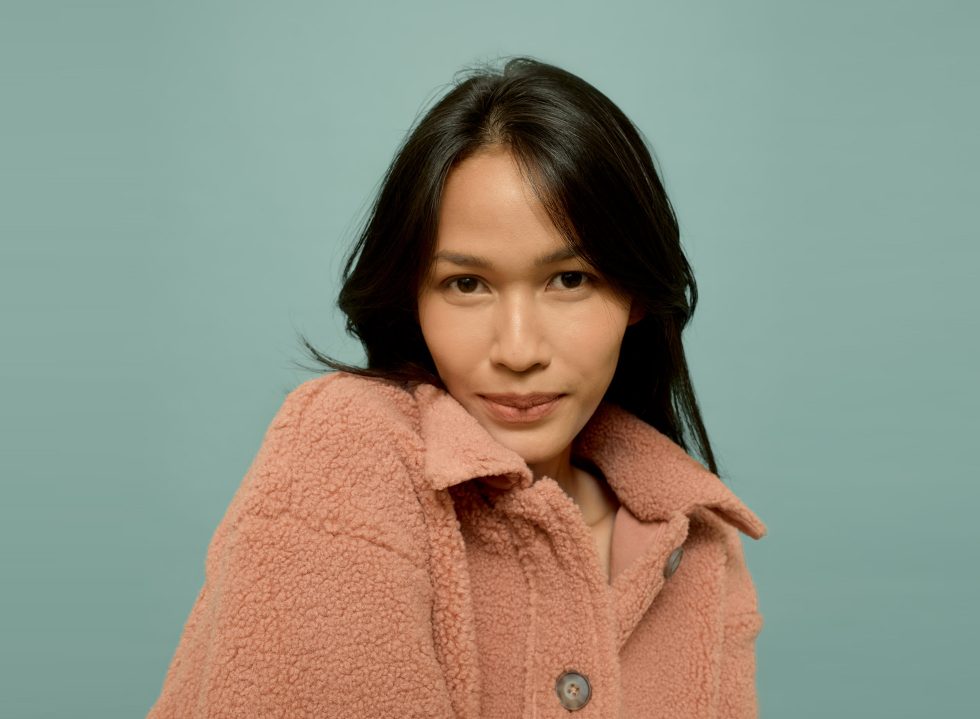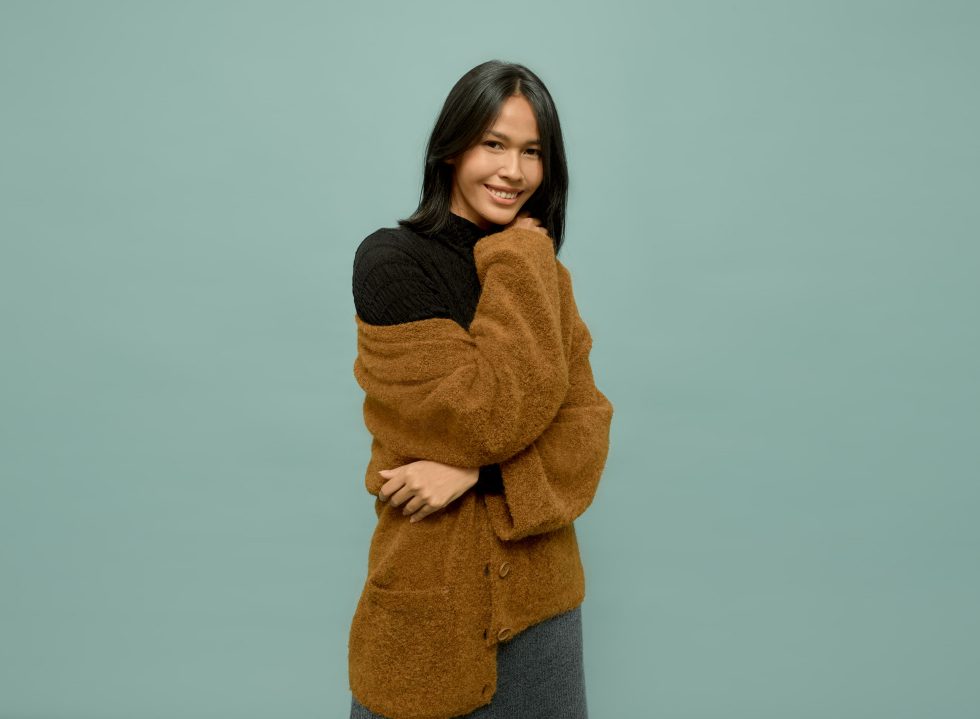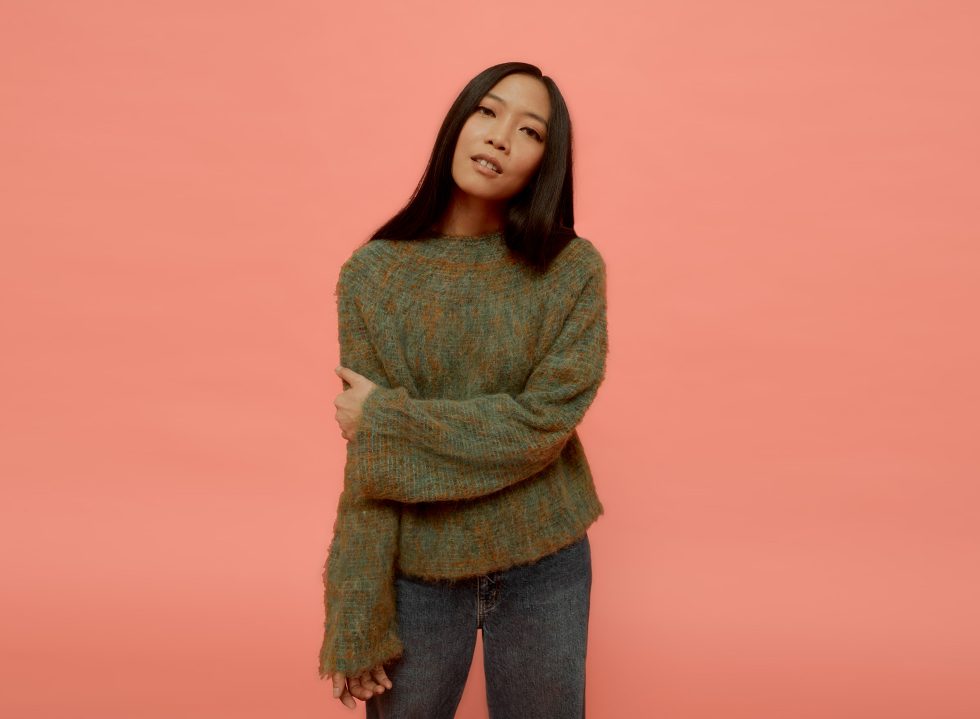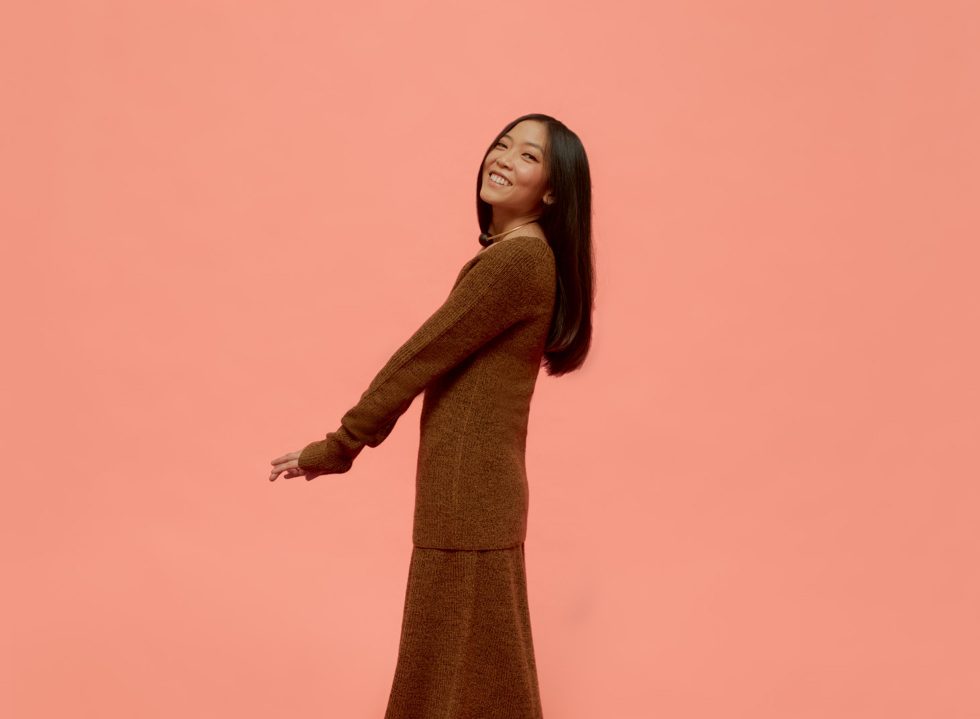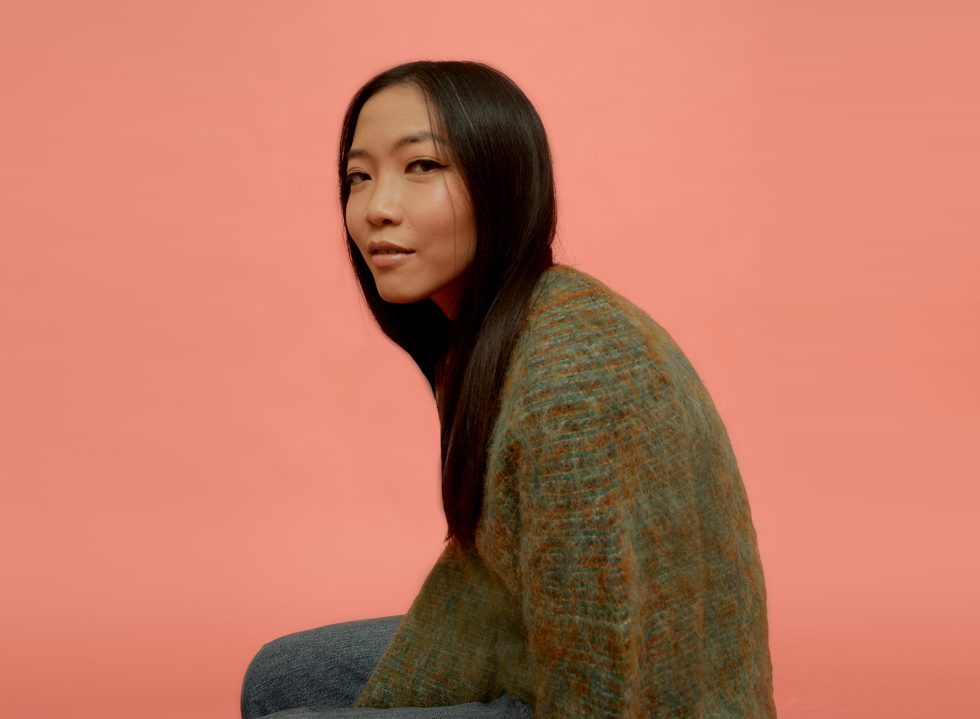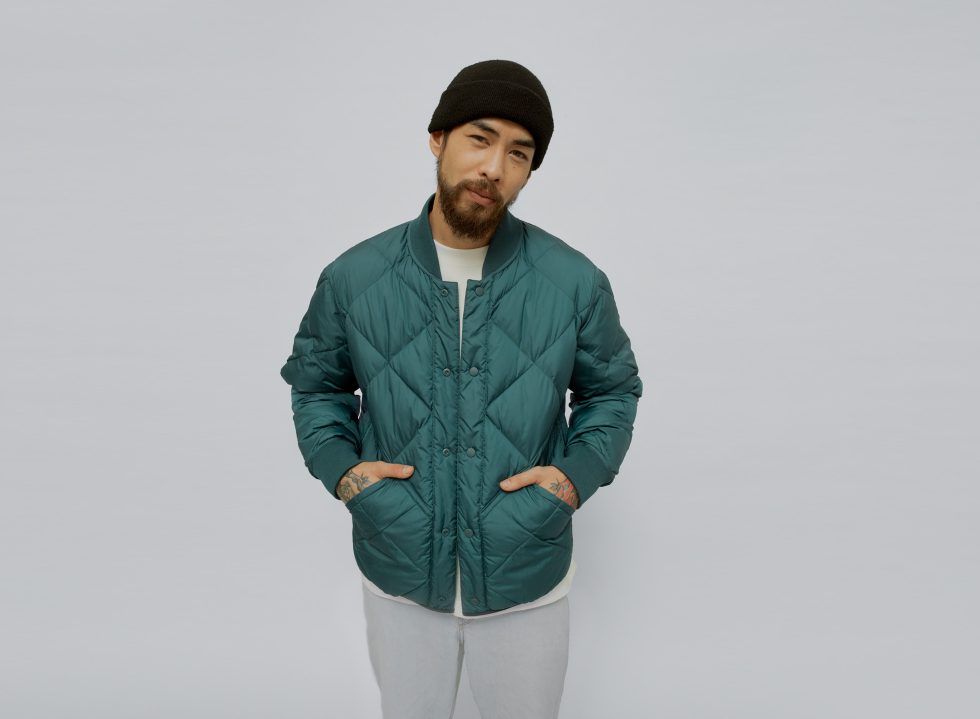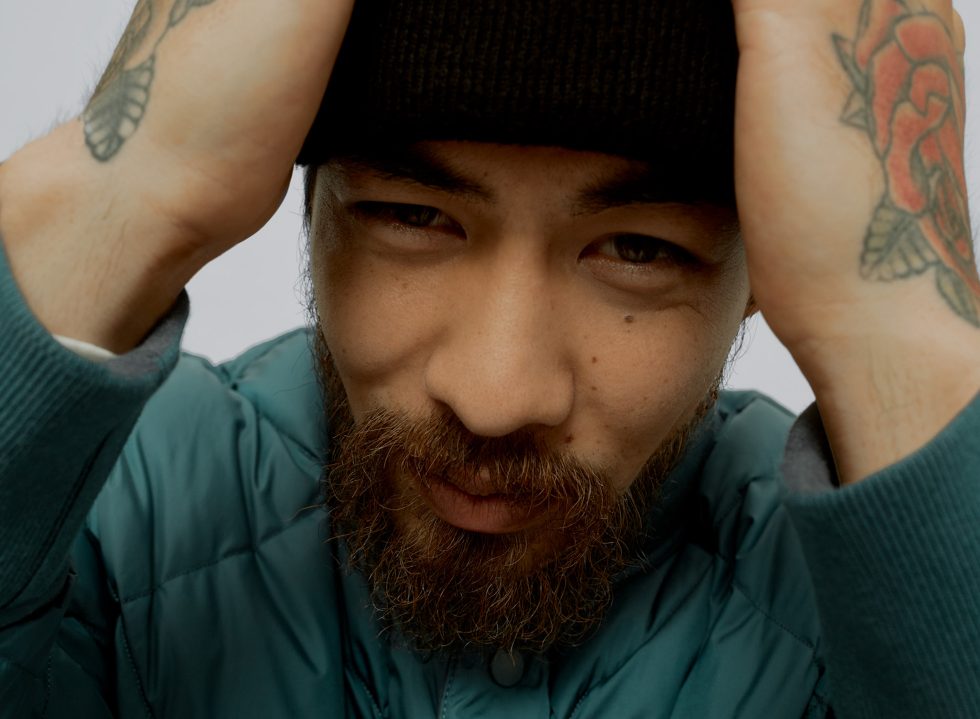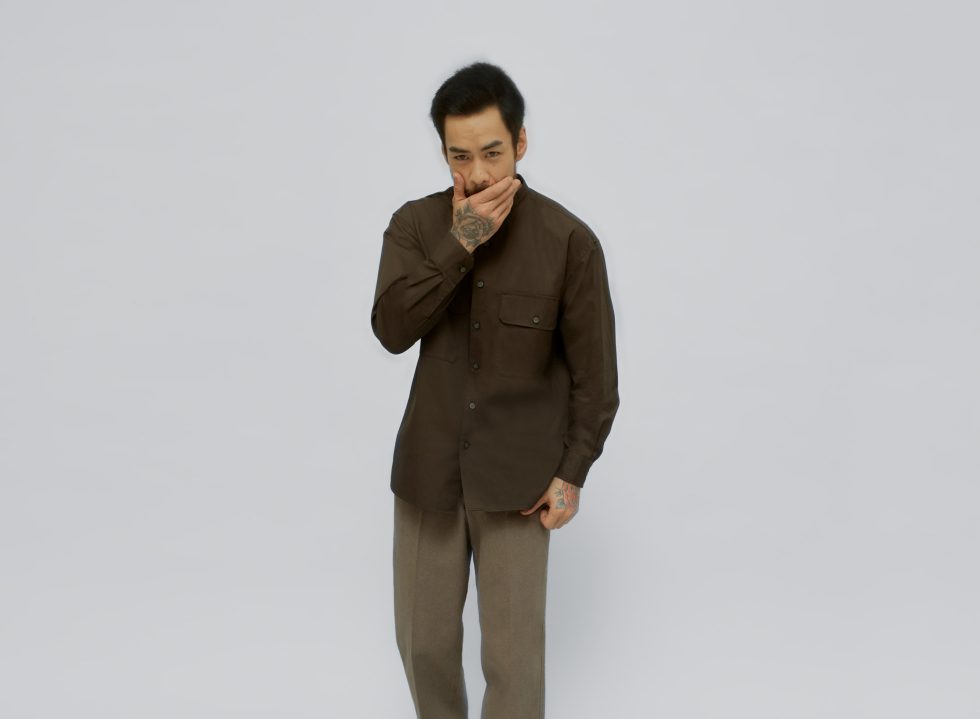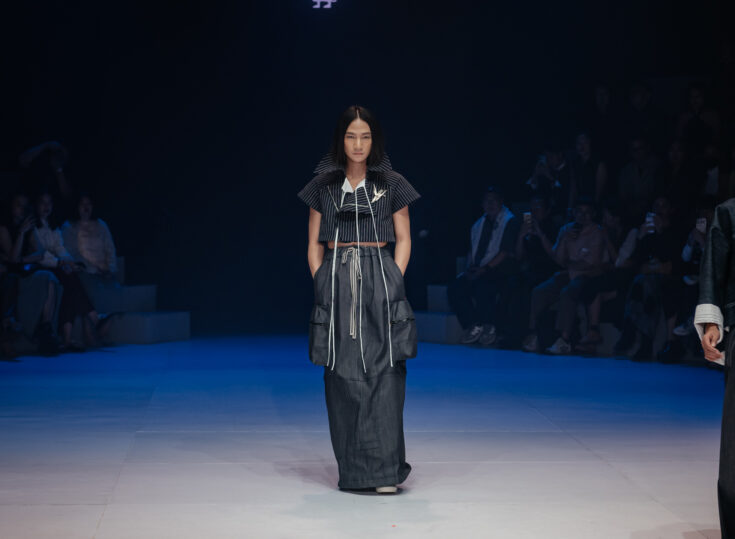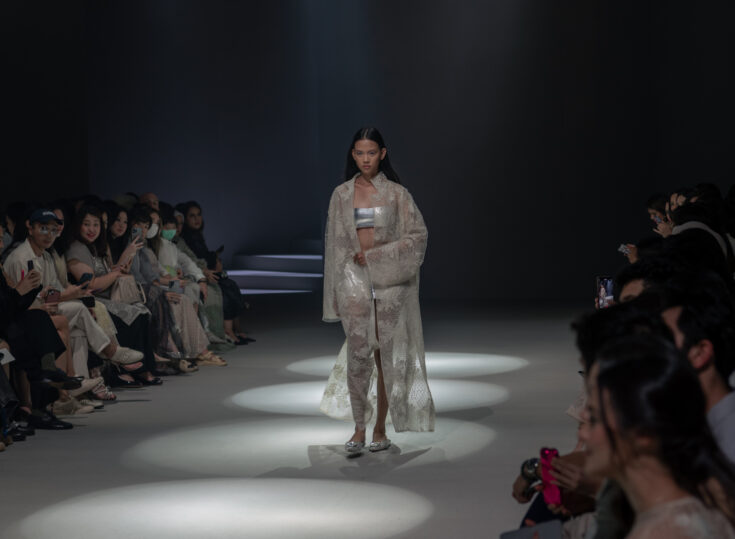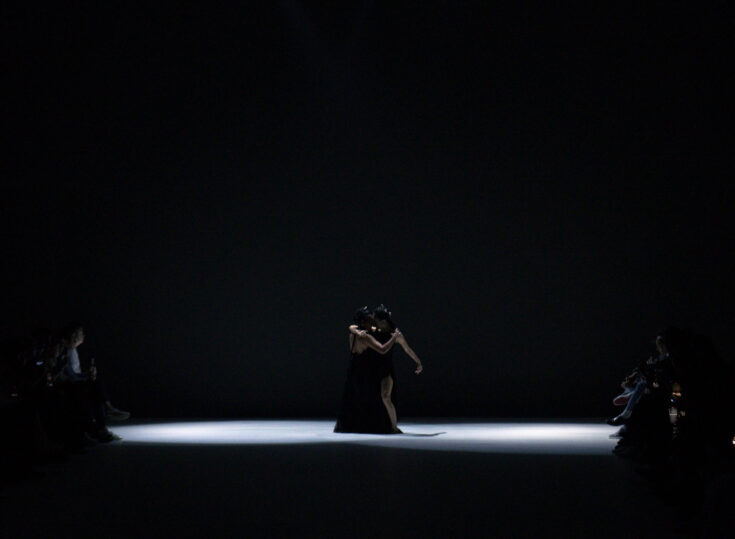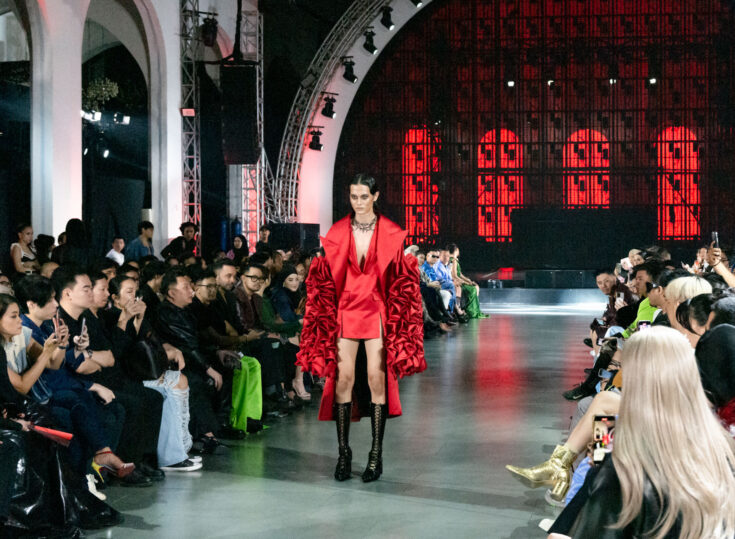What does Uniqlo U have in common with Jakarta? Surprisingly a lot. Uniqlo U’s foundation in reinventing the basics strikes a chord with the city because Jakartans are known for their inventive approach to their daily hustle.
In partnership with UNIQLO Indonesia, Manual Jakarta has created The Story of U, featuring five figures – from actor, model to tattoo artist – who embrace simplicity while seeking to elevate their craft with a fresh mindset. Decked in Uniqlo U’s F/W19 collection and set against telling colours of Jakarta they represent the modern attitude of Uniqlo U.
Salvita Decorte, model and actress
You’re widely recognised from modelling and your on-screen presence, but which one did you start first?
I always wanted to be a part of a theatre group to act. But growing up in Bali, They didn’t have anything like a modern theatre group, yet. I knew I had stage fright, the fear of not belonging on the scene, so I started with modelling first and I feel like it gave me a good base. Though I did this one movie in high school and that experience scared me, I just realised the intensity of being on a movie set. I thought maybe [acting] wasn’t for me, so I focused on modelling. After a while, I remember that I still wanted to act. I took a small role in Mantan Terindah with Karina Salim, and it just took off.
Maybe this is less out there, but you’re also a painter?
Painting is the one thing that I was born into–my father was a painter and my mom was an artist. I was always brought up in a home that was very free as far as creativity is concerned. Freedom to express was very important. I held an exhibition earlier this year, but with modelling and acting, I felt that I was spreading myself too thin in all these. But [the exhibition] was a success and now I want to know what if I concentrate on my art and jewellery line.
From modelling to acting, to painter, how did you approach these professions?
It didn’t take a lot of effort because it all came naturally. As I developed my acting, I took my time with it. The only thing I had to tell myself is if I don’t do something about it now, I’ll regret it one day. I had to take the chance. Meanwhile, art is in my blood, but I got really bad grades for it. It wasn’t until my dad passed away and his studio was left empty that I had the guts do it, “Okay, I’m going to paint.” I found out that I’m not quite the verbal type, I don’t like talking about my feelings too much, so I needed [painting] as my outlet.
What inspires you the most through these professions?
I remember there was this movie, it was really random, called My Life Without Me. It was a pretty depressing movie. For some reason, that movie struck a note with me because it was shot like really naturally, and the lighting was super natural and like the story hit the right places for me. As I was reinventing myself, the only conscious decision that I made was acting. But other than that, everything else just sort of flowed and changed with me.
Can you relate to Uniqlo U’s collection, as far as reinventing the basics they way you do with your profession?
Everything I wear is basics, and I feel like I can do so much more with them. I can express my personality by mixing, matching and layering.
Chicco Jerikho, actor
So, what are you currently busy with?
I’m currently running and managing my coffee shop, Filosofi Kopi along with my agency, Kite Entertainment. I will also be participating for the New York Marathon on November 3. The proceeds from the marathon will go to my charity work which entails building shelters for patients and their families in Bali; they currently reside in the Eastern part of Indonesia where hospitals are not as well equipped, so we hope to facilitate this through my charity.
How about on-screen projects?
I grew up reading comics so it meant a lot to me when I got cast as Godam, one of the patriots from the Bumilangit universe. Godam is a character created by Wid NS in 1969. He’s basically the closest thing Indonesia has to Superman. So, in preparation for that, I’ve been hitting the gym almost every single day for 2-3 hours.
How long have you been acting?
Since 2001. I started in soap operas. I only started acting in movies in 2014.
How has your understanding of acting changed over time?
When you act, it never feels enough. Our sensibilities, from head to toe, have to be constantly trained. Actors are observers. In fact, as an actor, I observe more than I act. The more I observe, the more it helps me in preparing for my next role.
Other than observing and having these role models, how else do you progress yourself as an actor?
I’m the type to go out on the field and soak everything the real world has to offer. So, when I played Ben in Filosofi Kopi, I did not become Ben—I was Ben. I attended barista training, I did internships at coffee shops in Medan and Bali. When I served customers the coffees I made, I would put a little note asking them to be an honest judge. So, when it comes to progress, it would be to practice. And since movies tend to not have a long-lasting appeal, why not go all out?
Are you having fun with your other ventures?
Absolutely, because in everything I do, the payoff has to be meaningful. When I created Filosofi Kopi, I didn’t think of it as a mere coffee shop, but as a movement; we tapped into a holistic approach in educating people about coffee and the history behind it. As for Kite Entertainment, it was created to nurture talents in hopes that they get to experience many things I didn’t receive before.
Reti Ragil, model
How long have you been modelling now?
About ten years, I started somewhere around 2008 or 2009.
And has the modelling industry changed since you’ve started?
Very much. Now, beauty isn’t just… Before, beauty in modelling was defined by paler skin, long hair. Today, you see a diversity of unique beauty. For example, models with afros. Female models with a bald head like Hayati Azis are now accepted, and that case wouldn’t have been probable a while back. It’s very recent, probably for about two years.
And what is your signature as a model?
The fact that I am 100% Javanese Indonesian and I own it. Most successful models used to be mixed, they were fair-skinned and tall. As a little girl, I didn’t believe I was beautiful because of my tan skin. Modelling made me realise that I should take pride in my darker complexion.
How did you start this career?
I was signed up to a modelling school to fix my bad posture. It was in that school where I came to realise that all of my so-called shortcomings were actually the strong points that set me apart in the industry. I finally believed in my beauty and enjoyed falling into the modelling industry.
Are there misconceptions about being a model in Indonesia?
Here, not many are aware that being a model is an actual profession. Before, when you say you’re a model, people would ask, “What do you do? What’s next?” Meanwhile now, you can make an entire career in a field that you love to part of. Even freelancing models can do it. Being a model is a profession.
What would you like to achieve for yourself now?
I want to keep modelling and keep up with everything I already have. And now that I have a family, I’m happy with going with the flow.
As a fashion model, do you think simple basics like Uniqlo U can be reinvented into something fashionable?
Absolutely. In fact, basics can be reinvented over and over without losing that touch of modernity. My basics are plain tees and jeans. Then, I can accessorise to suit any occasion.
Nadya Natassya, tattoo artist
How did you get into tattoos in the first place?
In high school, I just liked them. Otherwise, I never planned to be a tattoo artist so I honestly don’t know how exactly I got here. (laughs) It started as a side job about 12-13 years ago while I was working as a graphic designer. Now, I’ve been doing tattoos full-time for the past five years.
What has changed in the local tattoo scene since you started?
About ten years ago, a tattoo artist had to master every style of tattoos. Now, every artist can have their own and the customers know that there’s an artist for every specific style and design they’re looking for. I think tattoos are mainstream now, and to be honest I like it better when it was before. Penetrating that world was difficult, getting accepted into it was hard. Now, people can just learn from the internet and it’s that easy.
What is it like to be working on human bodies as your canvas?
You form a connection with the person, and not merely as a canvas. When I tattoo [my clients], we would talk and they share about their lives. Tattoo artists almost become like psychiatrists, sort of. Some tattoos, like full sleeves, can take up to two years to finish, and so I develop a closeness with the customers.
How would you respond to the statement: “Tattoos make people look unprofessional”?
I never gave thoughts to opinions like that because it’s up to each person in the end. But sometimes, I do just say that I’m a designer when they ask about my job because I don’t want to have to explain myself–people are either negative about [tattoo artists] or they get too curious about tattoos and they all start asking the same questions: “does it hurt?”
How do you incorporate basics like the ones from Uniqlo U as someone with lots of tattoos herself?
Most of my clothing items are basics because my tattoos are so vivid by themselves. When I wear basics, my tattoos show better and fancier. And it really shows me for who I am.
Jordan Joe, Head of Creative (De La House)
While many people know De La House for the brands and nightlife events, maybe not as many are aware of the other side, so how did you get started with De La House?
I started at De La House just to have extra money. Just before we opened the other outlets, they approached me to be part of the creative team. I took photos and videos for the events and progressed from there. Now, I’m the head of creative.
How is it like having a profession that requires you to think of new ways to keep the nightlife scene in Jakarta fresh and exciting?
It’s stressful. (laughs) As a party brand, De La House works with international DJs, music collectives and throw parties. Nightlife in Jakarta is quite challenging. In my experience, Jakartans don’t like pushing the bar too high. If you come to the scene and you think you’re going to try to educate people, you’re the one who’s being educated. Paying attention is probably the best way so I approach things first off with my vision, but always with an open mind.
What’s your trick to staying up late for the parties?
A lot of energy drinks. (laughs) In the party environment, the trick is just to join the fun, so I obviously drank quite a bit as well. With a good DJ, good music, my goal is to capture everybody else’s enjoyment. I look forward to those moments when the DJ is about to drop and the crowd builds up and the drop happens–just, wow.
And what’s the nightlife scene and the crowd like in Jakarta?
Every place has its ups and downs, right? People have good ideas here, but they rush them. And then, there are details of… human interaction. There’s a sort of hierarchy I noticed: a lot of customers don’t appreciate the workers. Whilst outside [of Indonesia], there’s a good relationship between the company and the customers, like, “let me welcome you, let’s have a conversation.” We want to build that relationship, but in here, there’s a distance. Five years into this and I’m still figuring out that gap.
How important is it for you to stay comfortable yet presentable for your events?
Extremely important. I don’t like wearing things that are too out there, so basics like the ones from Uniqlo U are good for daily go-tos. It’s nice to dress up and know what you’re wearing will work for everything.
UNIQLO Indonesia, represented by 6616 agency. Creative direction by Julius Kensan. Photography by Chris Bunjamin. Styling by Allysha Nila. Design Art Direction by Cindy Amelia. Interview by Erdira Wirengjurit. Makeup by Elly Lim. Photo assistant: Gilbian Maytie. Stylist’s assistant: Naomi Cristel. Hair by Ran. Makeup assistant: Vivie. Project manager: Sandy Indahsari. Production associate: Audrey Celia. Production assistant: Arvin Lau.
The Story of U is created to highlight the launch of Uniqlo U F/W 19 collection. To access The Story of U insta-story zine, head to our Instagram at @manualjakarta and tap on “The Story of U” on our highlights.
